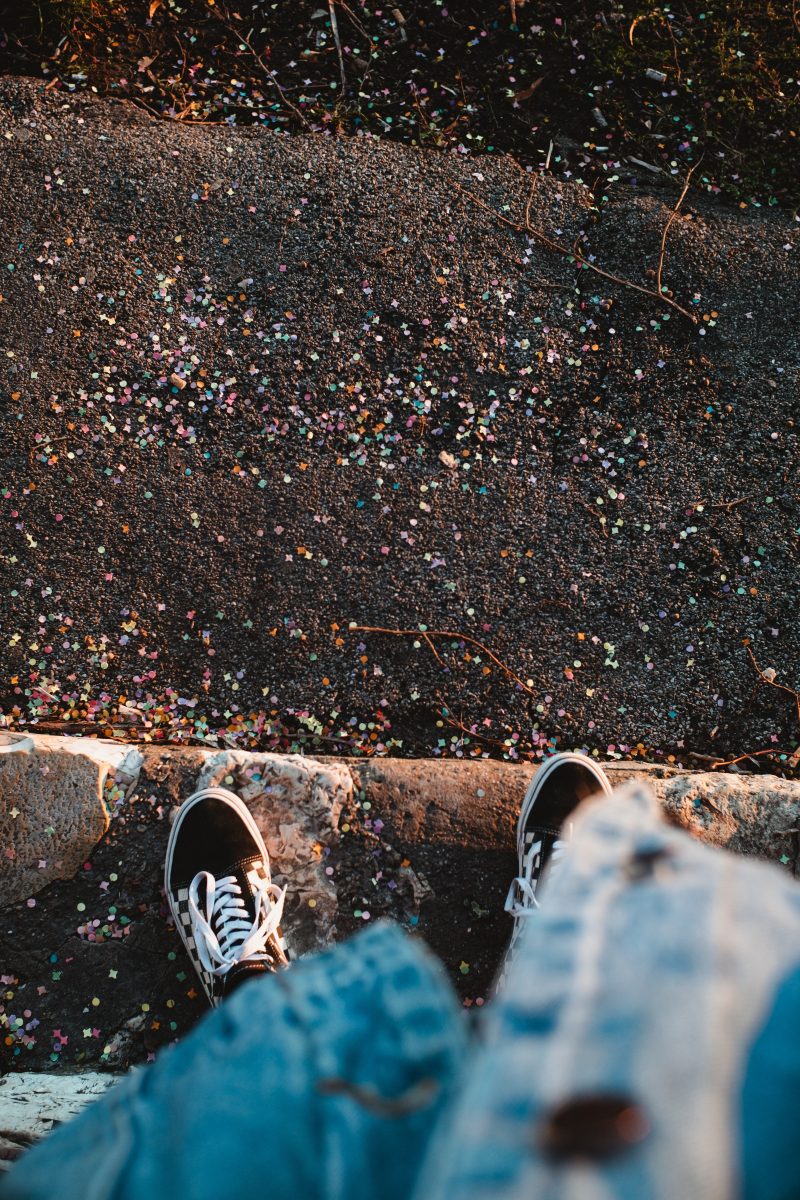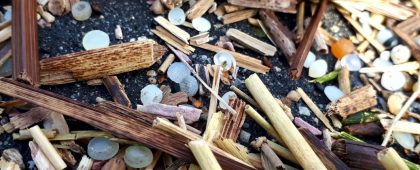IS GLITTER PLASTIC?
It’s hard to think of carnival without glitter, in the blocks it’s everywhere! Clothes, hair, makeup and even nails. But what is glitter made of and what does the material represent for the environment?
According to the Environmental Working Group, 95% of all glitter is made of plastic. This means that most of the shiny things you see on your nails and makeup contain tiny pieces of plastic. Microplastic, as it’s called, can be found not only in glitter, but also in thousands of consumer products, including toothpaste, shampoo and washing powder. But what effect does this have on the environment?

The microplastic in the glitter can spread while you move around on the pad, wash your hands or shower, as the plastic particles are extremely small, they escape the treatment of egoto, for example. It can even end up in the ocean, where it is consumed by fish and other marine life.
A recent study found that nearly a third of the world’s oceans contain plastic pollution. This is important because plastic waste harms the environment and threatens the health of animals. It also poses a threat to human health as it contains harmful chemicals that can contaminate food and water.
Most of the oxygen we breathe comes from the sea, because it is produced by some microorganisms that make up the marine ecosystem, such as plankton. The microplastic ends up confusing these beings who mistakenly feed on the material, which can cause their death. In addition, these small plastic particles manage to carry hydrophobic chemical components, which without the support of plastic, would not reach far into the oceans.

Most of the oxygen we breathe comes from the sea, because it is produced by some microorganisms that make up the marine ecosystem, such as plankton. The microplastic ends up confusing these beings who mistakenly feed on the material, which can cause their death. In addition, these small plastic particles manage to carry hydrophobic chemical components, which without the support of plastic, would not reach far into the oceans.
Ver essa foto no Instagram
But don’t worry, your carnival doesn’t need to be without the shine of glitter, it is possible to make the product at home, and there are several recipes teaching this, both mica (a kind of rock) and gelatin! In addition, some Brazilian brands, such as Céu Momento, already produce bioglitter, the same glitter but zero plastic!

